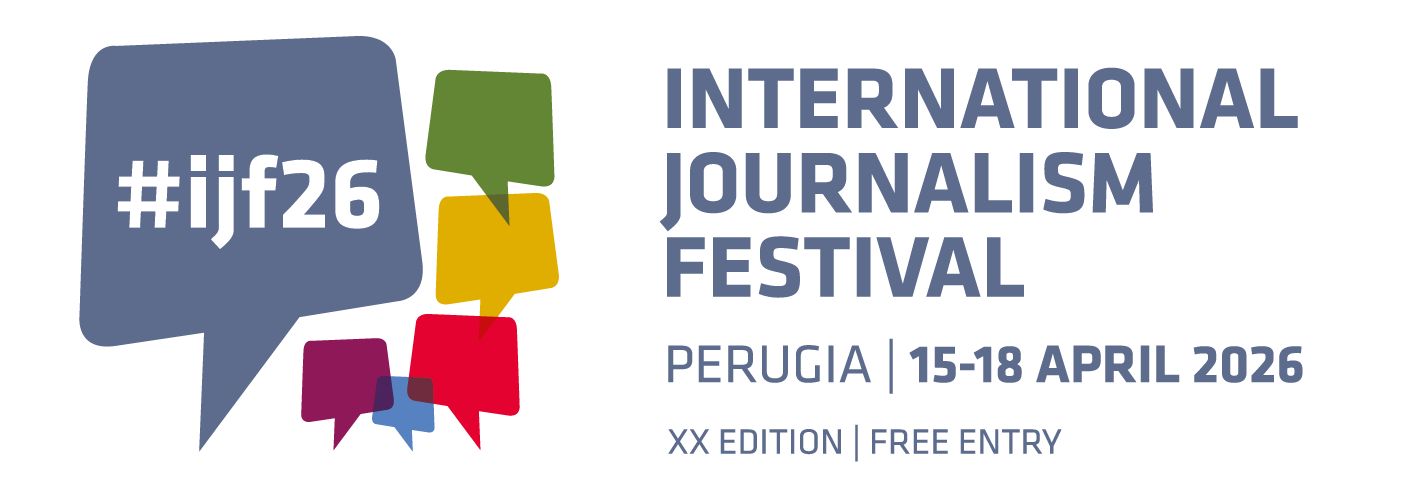Women are shouting out loud that they are being sexually harassed in many situations. Journalism is paying attention to that, but this happens even in newsrooms, like in any other work environment.
All these situations are making necessary the initiative of open debates about how to stop it. The 12th edition of the International Journalism Festival at Perugia is not the exception and that’s why for its third day it was included #UsToo. Harassment, gendered threats and press freedom, a panel discussion moderated by the Dart Center for Journalism & Trauma director, Bruce Shapiro.
“Let’s talk” is an effective way to make someone express and that’s the name of Dart Center’s short film on sexual harassment in female journalists’ job. One of the journalists of the video and of the conference is Jina Moore, East Africa bureau chief for The New York Times, who made a point on the fact that is different the #MeToo move that is happening in the US and woman rights in several African countries.
But the topic is also expandable in other senses. Alexis Okeowo, staff writer at The New Yorker and present in both video and discussion, clarified that sexual harassment, even if it’s a problem itself, belongs to a bigger problem: “If women are so vulnerable is not because of sexual harassment, but about unequal paid and much more… There is a relation.”
That’s one of the things that feminism is looking for nowadays: continuity in a movement that has been developing for at least one century. “Every feminist movement is seen as something specific, separated and with no tradition,” said Susan McKay, journalist and author. And that’s why she defends the “I believe in you” in cases of sexual harassment or rape.
“Working with sources is necessary because they contribute to the story as a hole, is not that we keep asking because we don’t believe them,” Ms. Moore said.
For journalists, all this is a matter of “learning by dealing with”, like Ms. Okeowo responded to a question of the audience. “Sometimes we don’t want to tell our editors that we had this situation because we don’t want to show ourselves weak”, she admitted. But like Mr. Saphiro said, changing things inside the profession goes even beyond the newsroom: “look at what is happening in journalism schools. We are training students on safety.”
And if in the audience there were doubts about what is happening, one woman made the last question to the panelists: “Who do you think is doing it well?”
There was no answer.
José Manuel Cuevas

